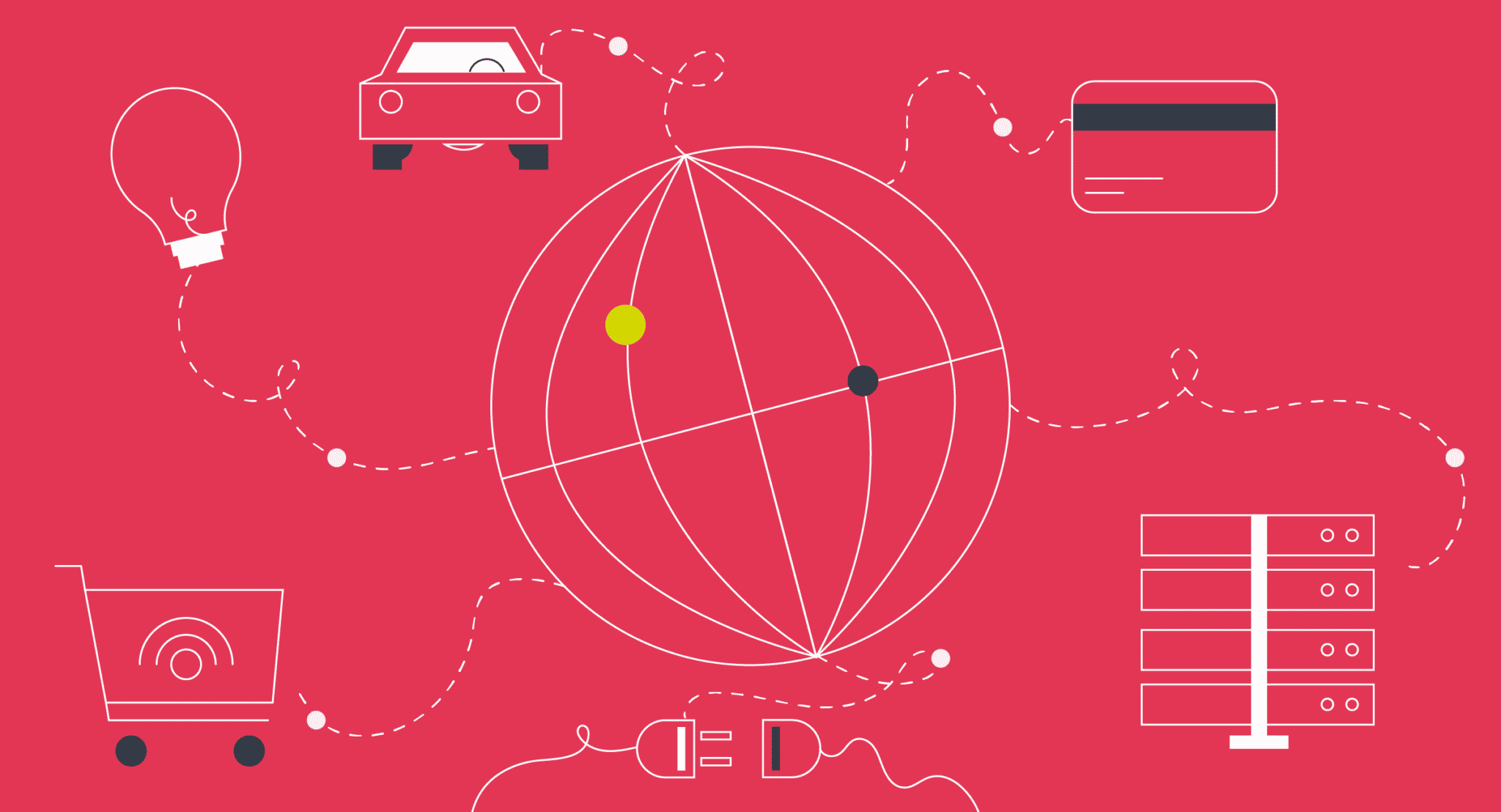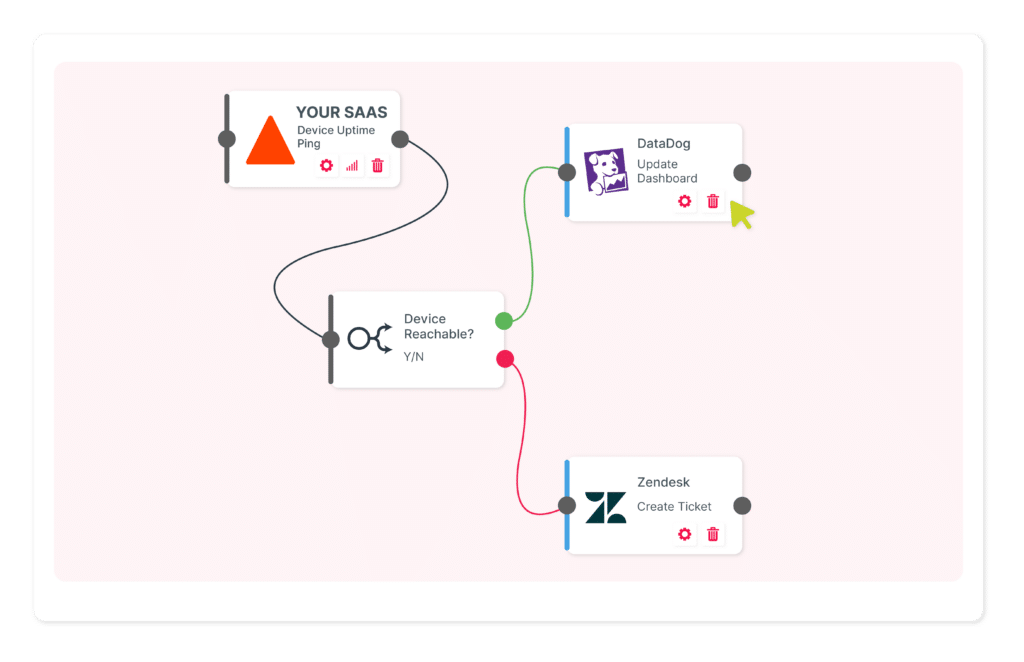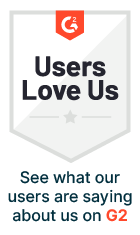
IoT devices are everywhere whether we realise them or not. For instance, electric car charging points, Smart TVs, thermostats, doorbell cameras, Amazon Echo or Google Dot. The list is somewhat endless when it comes to. With the range of IoT technology now available it means there is a vast amount of data being generated.
Therefore, real-time processing and analysis is crucial. This is where API integration can serve as a valuable tool to facilitate quick and efficient administration.
What is API Integration?
For all those who don’t know, API integration is the process of connecting two or more systems, solutions or applications to share data and perform actions.
API integration is increasingly common among SaaS applications as a way to automate and integrate their product with other applications in an organisation’s tech stack. As well as automate internal processes.
What is an API management platform?
An API management platform enables users to oversee, regulate, and generate revenue from their application programming interfaces (APIs) within a secure development setting. These tools assist administrators in monitoring the reliability of connections, traffic, errors, and security of their team’s published APIs.
There are some API marketplace solutions, such as Cyclr, that also provide tools for managing APIs. These functions can also be one small part of a bigger application. Take Cyclr for instance, it is an embedded iPaaS that provides API integration services. This means users can build APIs if they so wish or ask Cyclr to do it, (if it doesn’t already exist in its 500+ connector library), then connect, authenticate and develop workflow integrations to expand their application functionality.
API Integration Use Cases for IoT Devices
One IoT integration use case example is an IoT organisation that wants to integrate their Salesforce Service Cloud with Slack so it will enable them to send a notification if there is ever a problem with an IoT system.
This means customers will be able to click the shared link (that’s in the Slack message) which takes them directly to the IoT system screen and the issue detected. As well as automatically generate a ticket in Salesforce Service Cloud.
Essentially, the embedded iPaaS with the API management, marketplace and integration functionality is helping the IoT service provider to completely automate the relationship between problem detected and ticket creation. As a result, they are ensuring reliability, saving the customer significant time and improving the data quality.
Another IoT and API integration use case is helping IoT development by collecting data and telemetry from IoT devices and monitoring their status. This can help customers with the process of effective triage and resolution. In other words, helping them fix devices and systems quicker so that their service is optimised to their end-user and revenue increases.
An integration workflow example could look something like this:

Your SaaS receives a device uptime ping which tests if the IoT device is reachable. In the workflow, this would be a Yes or No decision step (if you are using Cyclr). This splits into two outcomes, if the device is reachable (Yes) it updates the customer dashboard. However, if the device is not reachable (No) an issue has been detected which creates a support ticket.
Why is API integration important for IoT Development?
API integration is crucial for businesses in the IoT sector as organisations specialising in service monitoring for IoT devices rely on API integration so they can keep up to date on their customer’s devices deployed in the field connected. For instance, electric car charging stations. As well as help their customers ensure that their service gets delivered.
As well as enable communication, control and management of IoT devices and Data.
The beauty of API integration tools is they are able to provide reliability whilst ensuring data security. As well as ensure information is routed to the right place for data analysis without causing any sort of backlog.
With the help of API integration IoT service providers can reach their business goals of improving customer satisfaction, driving growth and reducing operational costs with API integration.
We host a range of webinars discussing embedded iPaaS, integration building and more.
Check out the full list on our dedicated page.
